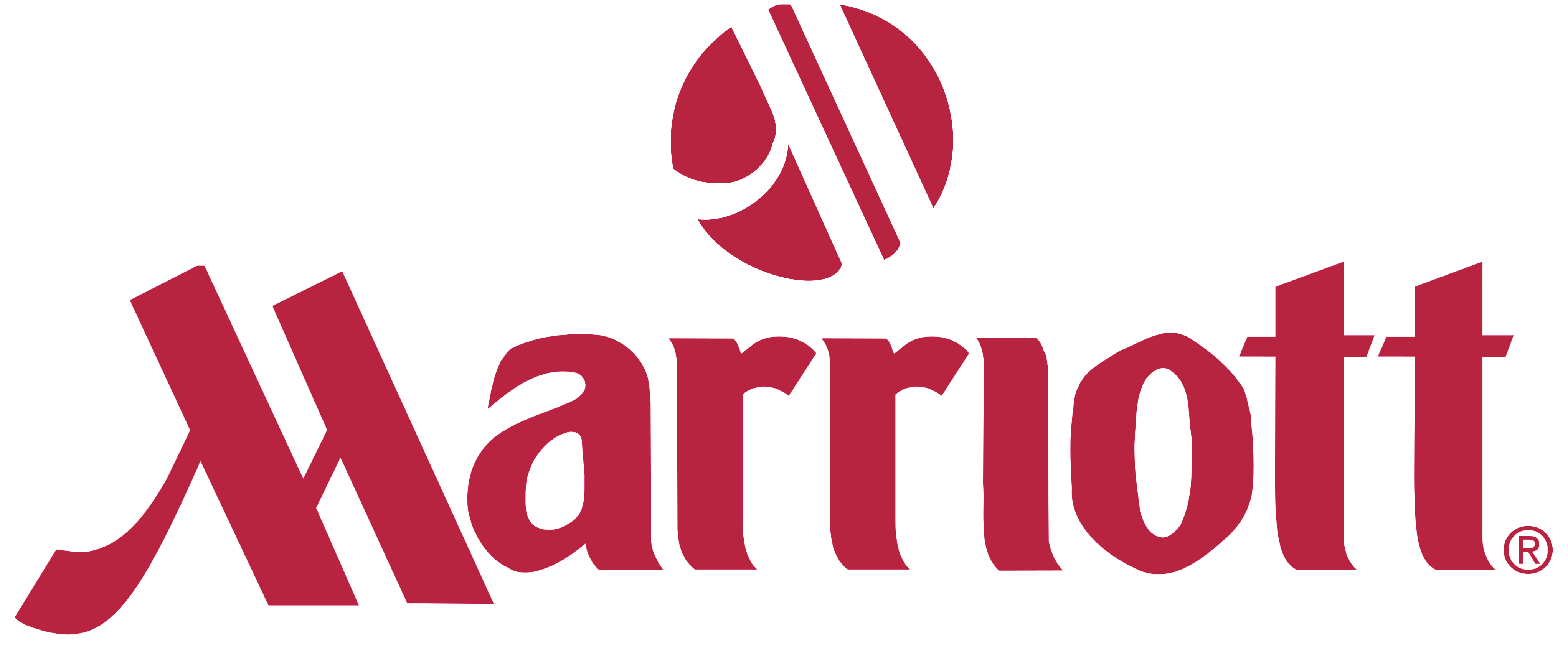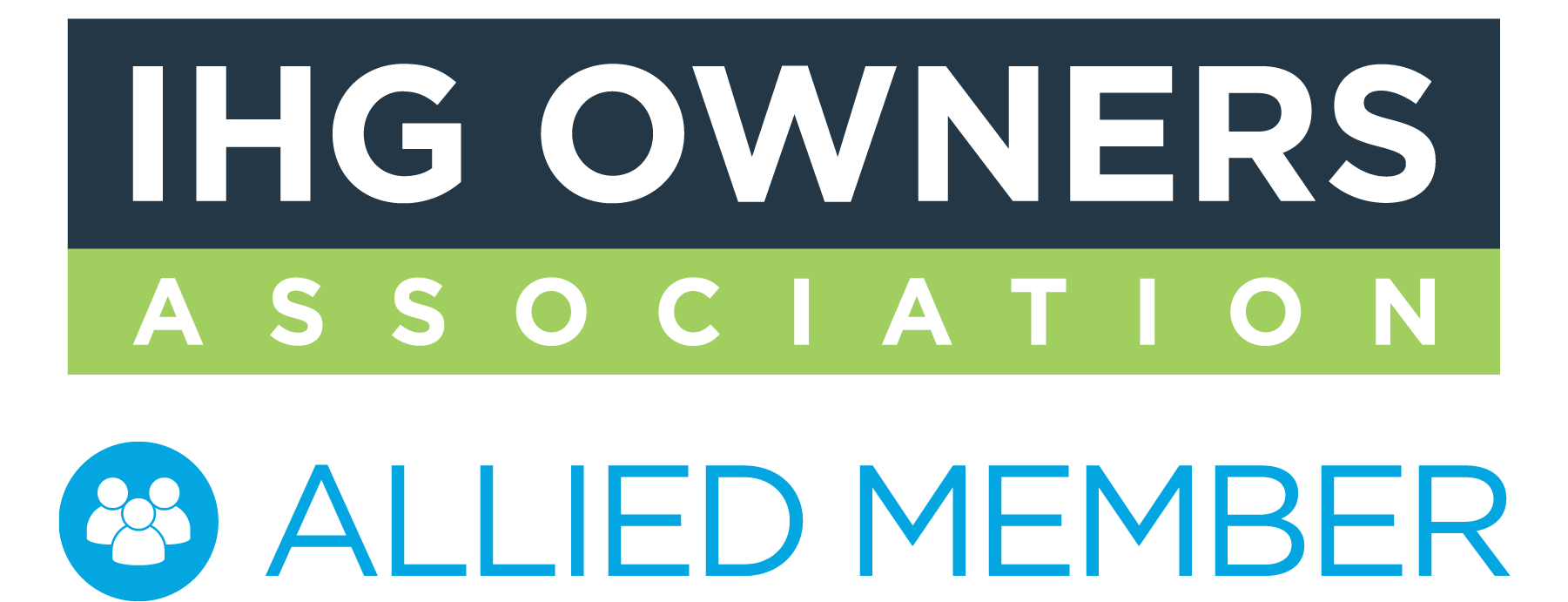The Impact of the Informed Buyer on the Sales Role
According to Daniel Pink, bestselling author of “To Sell is Human,” sales has changed more in the past 10 years than the previous 100. Technology and the availability of information is driving this change and sales people are no longer the gatekeeper of information about their product or service. Buyers are more informed than ever before and no longer need sales people for information.
Because of technology, buyers can be 60% through their buying journey before they ever engage with a sales person. Sales people are entering the conversations with clients later on in the buying cycle making it difficult to differentiate themselves from the competition.
Although the buying process has evolved, the sales profession is having a hard time catching up and is still selling like it was 1980. According to a study by Forrester Research that asked clients whether they valued their conversations with sales people, only 15% of those surveyed said yes. This exposes a major gap between what buyers are expecting vs. what they are actually receiving during their buying process.
I recently moderated a panel discussion at GBTA’s Convention in Toronto to engage buyers and sellers in a discussion on how to bridge this gap. What was the result? Well a big message from the buyers in the session was: Do your homework, understand my business and tell me how you can help.
It seems like common sense but talk to any buyer who has had a “product dumping” presentation from one of their sales contacts and they will quickly tell you it’s not common practice. Buyers are looking for sales people to connect with them in a more relevant way that addresses their specific business needs.
In fairness to the sales profession, the rules of engagement have changed and what has traditionally worked in the past no longer serves clients today. Sales people have been trained to sell their product so there is shift in mindset that needs to happen for sales people to start looking at the process through the eyes of the client.
Traditional sales people are faced with an identity crisis and are trying to understand what their new role is. It’s like the parent who is faced with their son or daughter going off to university. Although they are still needed, they are no longer needed in the same way.
And although it is absolutely the responsibility of the sales person to do their homework and understand their client’s business, as buyers, there are things you can also do to help bridge the gap that exists today between clients and sellers:
- Be clear on your expectations about what you value and don’t value during your buying process.
- Be transparent about how you prefer to communicate i.e.: face to face meetings, email, phone
- Provide details of your purchasing process so they better understand how to manage your account to provide you with the best solution.
- The more information you can provide about your decision making process (i.e.: criteria, timelines, budget), the more relevant their solution will be to meet your needs.
- Don’t treat the buying process like a transaction. Building strong relationships with sellers (the client centric ones) will only help you do your job better.
It is a time of transition in the sales industry as we try to figure out how to sell to this new, highly informed buyer. One thing that was clear from the GBTA session: sales people want to get it right and understand how to add value and clients are waiting in anticipation. Bridging this gap so that clients get what they need out of the buying process is a win for everyone.























